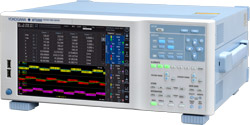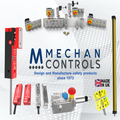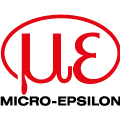
Posted to News on 21st Sep 2018, 06:46
Next-generation precision power analyzer is future-proof
Yokogawa is launching the WT5000 precision power analyser, the first of a new generation of instruments that offers exceptional measurement accuracy of +/-0.03 per cent combined with stability, noise immunity and plug-in modular flexibility to meet the measurement needs of today's developers of energy-efficient systems. Furthermore, the modular design and the fact that the firmware can be upgraded by users means the WT5000 is future-proof, and the instrument should be considered as an extensible power measurement platform rather than a conventional power analyser.

In rapidly evolving industry sectors like electric vehicles, renewable energy and energy-efficient technologies, the need for reliability in testing to enhance safety, efficiency and performance has never been greater. Changing application needs and evolving international standards call for custom measurements and consistent accuracy, and in the WT5000 precision power analyser, engineers have a versatile platform that not only delivers reliable measurements today, but is ready for the challenges of tomorrow.
The WT5000 is claimed to achieve the world's highest measuring accuracy: +/-0.03 per cent of total at 50/60Hz. As a result, it is now possible to evaluate the power consumption, loss and efficiency of electrical and electronic devices. In particular, its wide dynamic current range is indispensable for tests on energy-saving designs.
A/D conversion
One of the essential elements for determining the performance of a power measuring instrument is the analogue-to-digital converter. In order to obtain the world's highest measurement accuracy, the WT5000 uses an 18-bit converter with a sampling frequency of up to 10MS/s - a doubling of the sampling rate previously available. As a result, it is possible to accurately capture waveforms from the latest high-speed inverter devices. It is very effective for stable measurement results.
While the WT5000 has the same dimensions as existing models in Yokogawa's WT series, it incorporates up to seven input channels, which enables it to support applications that previously could only have been measured by synchronising several separate instruments. As a result, it offers considerable savings in installation space and communications overheads, as well as being more cost-effective. Further benefits result from the use of plug-in modular input elements, which can be swapped directly by the user.

Thanks to the the capability for using seven input elements, multi-system measurement is increased in harmonic measurements on three-phase systems, for example. The WT5000 can carry out two harmonic measurement functions simultaneously, each at up the 500th order and up to 300kHz fundamental waveform. This makes it possible to measure the carrier frequency component from the rotational speed of the motor in the inverter drive and also to check the influence of the carrier frequency on the motor drive.
Current sensors
An increasing number of applications require the evaluation of larger-current devices, typical examples being electric vehicles and large-scale solar installations. In these cases, external current sensors are often used. An external current sensor input function is fitted as standard in the input element of both the 30A and 5A input elements of the WT5000. For much higher currents (up to 2000A RMS) dedicated high-current sensors are available. Yokogawa's CT series AC/DC current sensor is a current output type in order to prevent noise influence.
Other features of the WT5000 include:
- A 10.1inch electrostatic capacitive colour touchscreen with technology that prevents interference from electrical noise
- USB ports for connecting a keyboard and mouse
- WTViewerE software that enables the WT5000 to be operated remotely and up to four units to be synchronised
- Individual modules can be calibrated; if required, Yokogawa can calibrate modules for analyses at specific operating conditions
- A built-in Help menu that includes direct access to relevant sections of the user manual
Follow the link for more information about the new WT5000 precision power analyser.
Want the latest machine building news straight to your inbox? Become a MachineBuilding member for free today >>

















